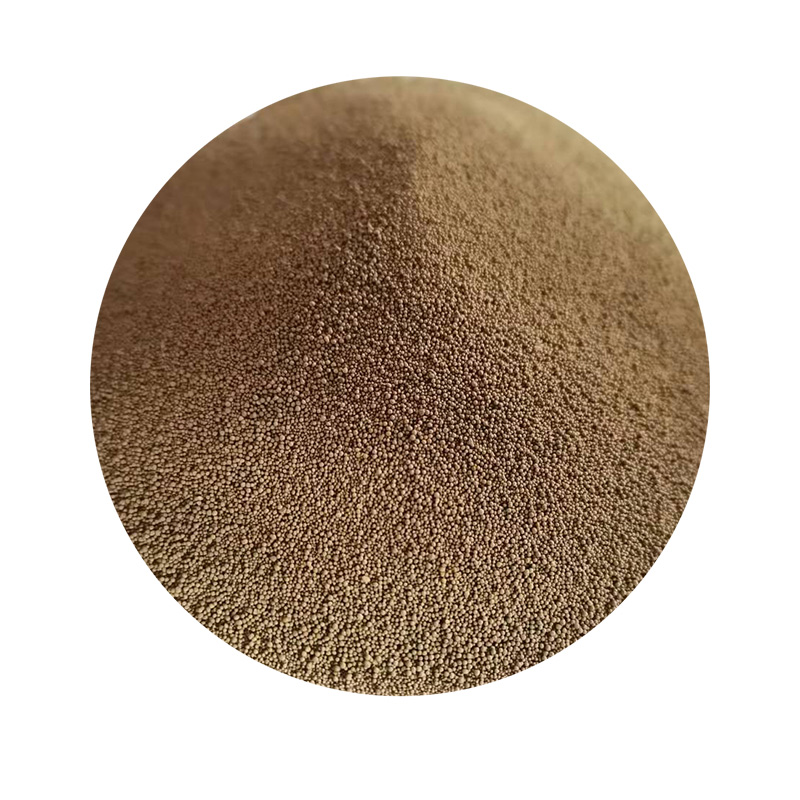

Energy costs, driven by the need for high temperatures during metal melting, are also significant. Efficient energy use is critical to maintaining profitability. Employing modern, energy-efficient furnaces can dramatically cut down on power expenses and are a worthwhile investment in the long term. In some cases, optimizing existing equipment through regular maintenance and upgrades can enhance energy efficiency without the need for major capital expenditure. The complexity and size of the part also play a crucial role in cost determination. Larger or more intricate designs require more sand, larger molds, and longer production times, thereby increasing the cost. Simplifying design where possible, without compromising functionality, can yield definitive cost benefits. Finally, companies should consider quality control costs. Defects in castings are costly, both in terms of material waste and rework. Implementing robust quality assurance processes can prevent defects, save money, and enhance product reliability. Technology such as computerized inspection systems may incur an upfront cost but will ensure savings by reducing reject rates and customer complaints. By comprehensively analyzing these components, businesses can better estimate the cost of sand casting and implement strategies to optimize their budget. Procuring quality materials, considering labor cost management options, and investing in technology will not only reduce costs but also position firms competitively in the marketplace. Always keeping abreast of industry developments will support further cost reductions and operational enhancements. Post time:Gen . 14, 2025 11:03
Next:sand casting sand types
